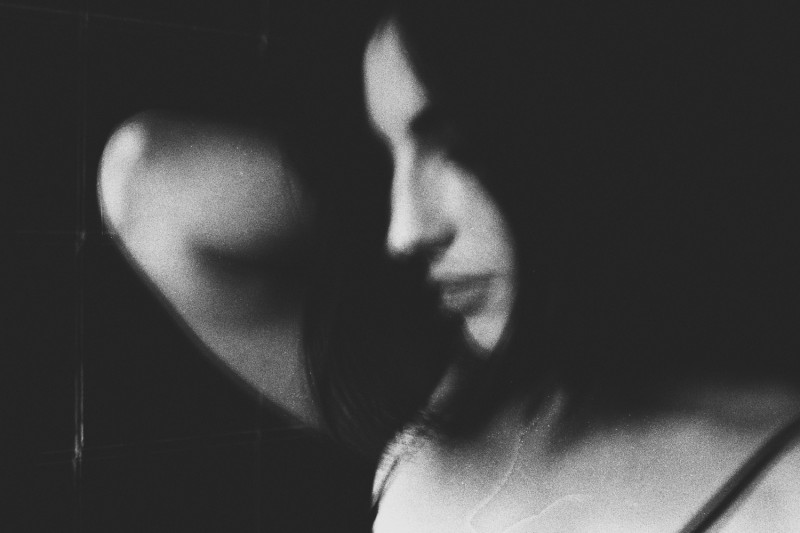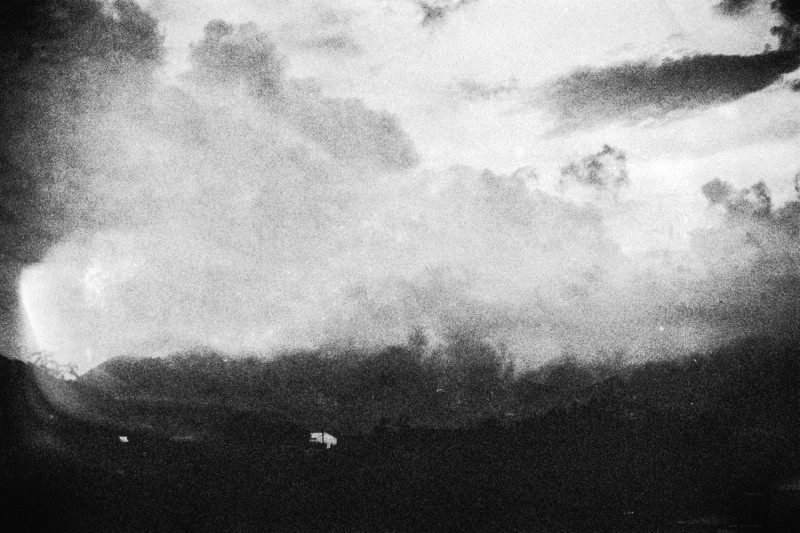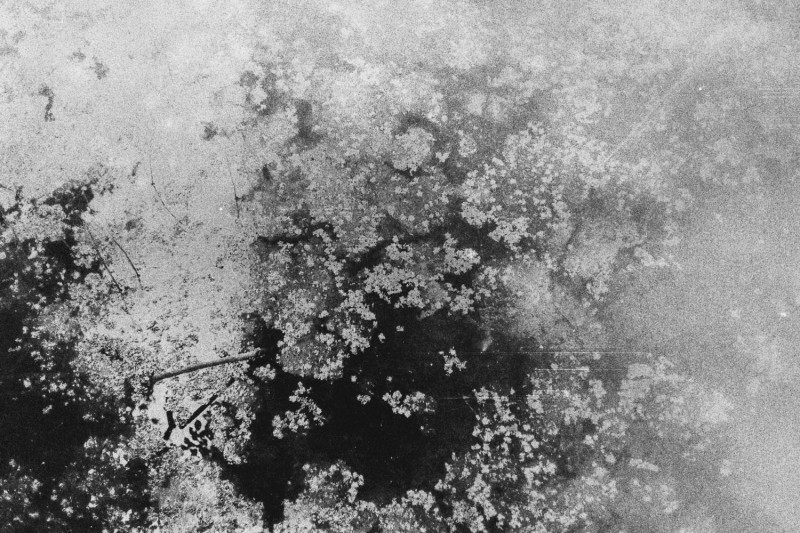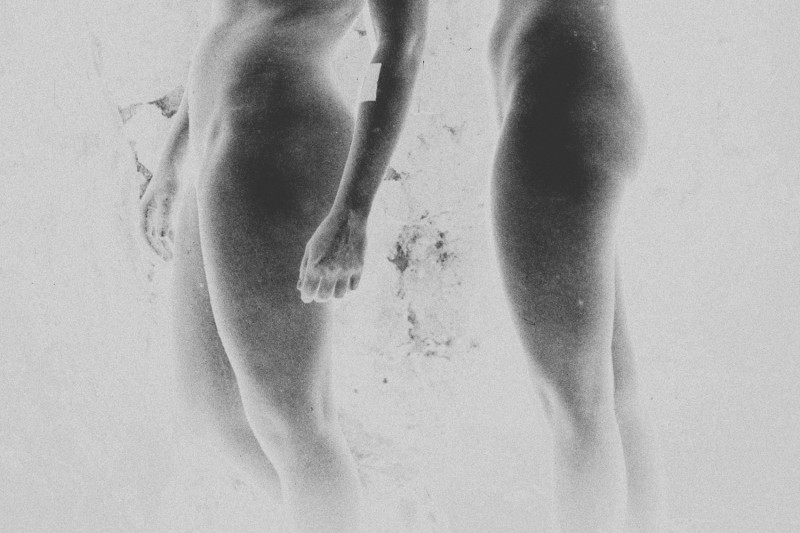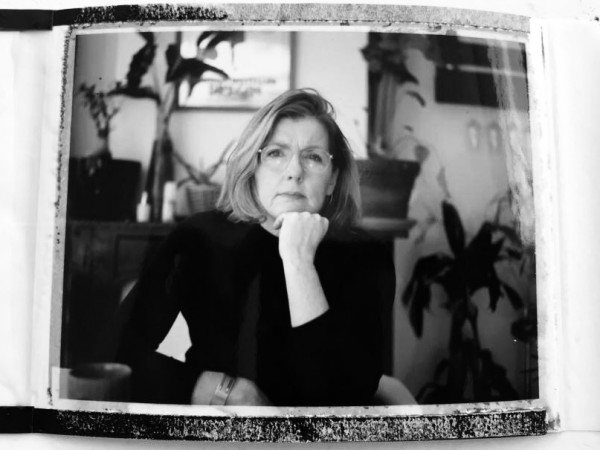Borders of Nothingness
Borders of Nothingness
Margaret Lansink
July 27, 2018

What is your personal approach to photography?
Photography for me is a different way of communicating my feelings and emotions to the outside world. As I am the youngest kid in a family of 13, I didn't really learn to express what I felt. 10 years ago I started photographing my inner world and in this way photography became a kind of necessity to me; via my images I can express who I really am.
Please tell us why „Borders of nothingness“ is the work that is most important to you. Please tell us about the background!
'Borders of nothingness' is my way of telling people that life is not always what you expect from it. It can be hard and ruthless; a reaction to all that makes you feel a victim of things. That is not what I like to be or do. My reaction is taking my camera, step into nature and try to capture my feelings. In this way I can feel that grieve and pain are not only black but can also be light, peaceful and beautiful. In the same way I feel about the decision of one of my daughters to suspend contact with me. I miss her badly, but I understand, respect and love her immensely. I think these feelings and emotions you'll recognize in the 'borders of nothingness'.
Can you capture a feeling in a photograph?
I'm sure I can capture a feeling in a photograph. Last week there were 3 people crying in front of the series, even before they had read the story behind it. (do I need to say more). When I'm walking or driving with my camera, I see, I feel and then I photograph, not in that particular order. Sometimes I feel, I see, and then photograph.
Which camera did you use for it?
I used for most images in 'borders of nothingness' my Leica M6, for some images with flash my Contax t2 and for most images of 'Kanna Art Festival Gunma Japan' I used the Leica M9. By the way: the whole series 'borders of nothingness' was shot in Japan, during my artist in residence last year.
How did you come to discover Leica and what is your experience?
I discovered Leica about 6 years ago. I heard people saying that Leica is the best and I had my doubts until the moment I tried the M6. For me it's the ultimate way of photographing, every single moment I work with it: choosing diafragma, shutter speed, then focussing; making the decision sharp or unsharp, and then the 'click'. I love it!
About 3 years ago I bought also the M9. I don't use it that often as the M6, because I prefer shooting on film. But the focus and bokeh of this camera is really awesome.
All images on this page © Margaret Lansink
Interview: Denise Klink
Equipment: Leica M 6 and Summilux-M 35 mm f/1.4 Asph as well as Summilux-M 50 mm f/1.4 Asph
Until August 24 2018 "Borders of nothingness" is on display at the JuteGalerie in Arles.
Margaret Lansink+-
Margaret Lansink is a fine art photographer who works and lives in a tiny village just above Amsterdam. Lansink received a BA from the PhotoAcademy in Amsterdam and she studied for a year at LeMasterklass in Paris.
Lansink participates in exhibitions, residencies and competitions in Holland and abroad. Her work has been shown in Amsterdam, Rotterdam, Leiden, UK, New York, Vancouver, Japan, , Tbilisi, Kaunas and in her old hometown of Oldenzaal. Her work has been widely recognized. In 2018 her photography is exhibited in Arles (July & August) and Den Helder (Sept - Oct). She has (self-)published three books. More

